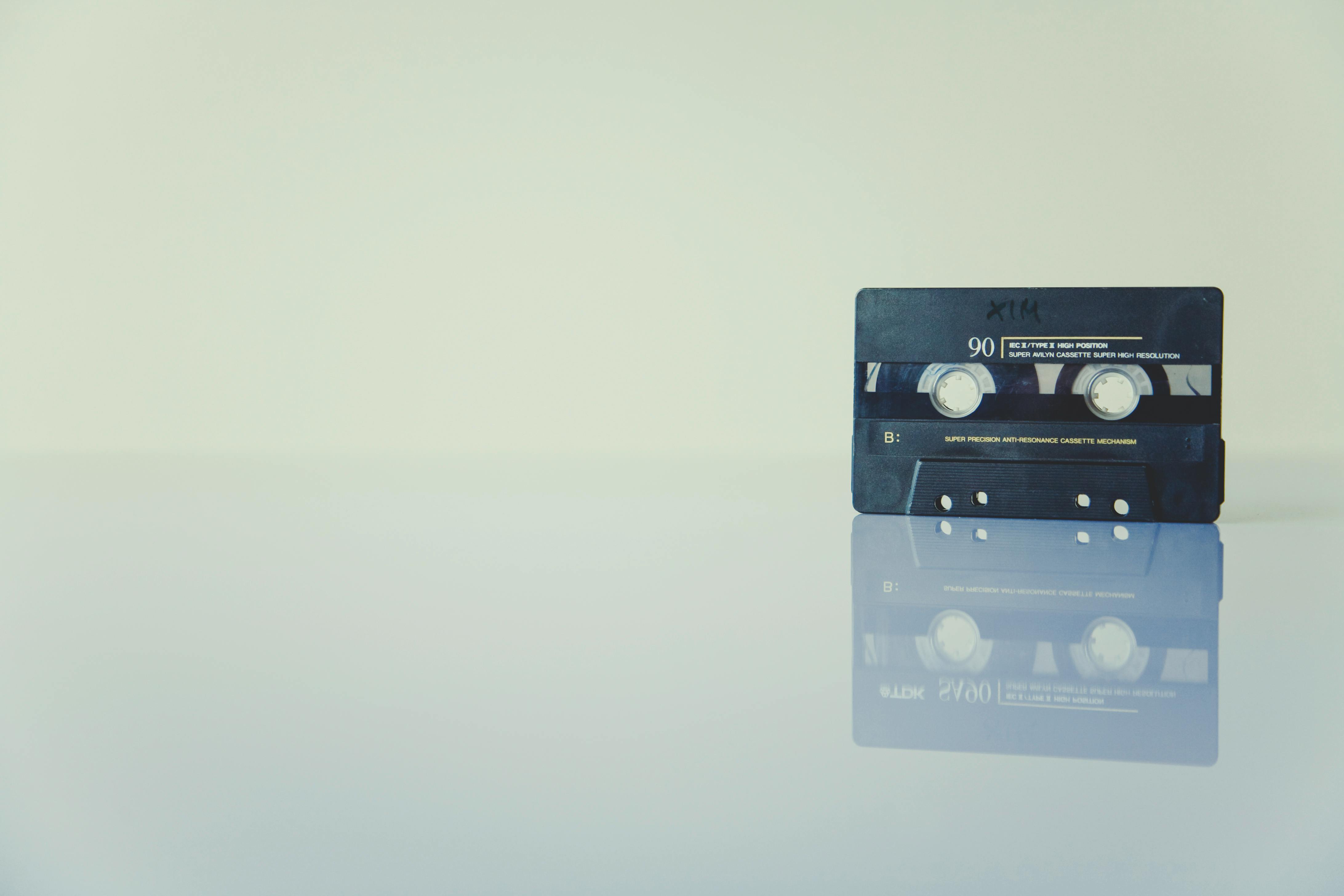
Smart Guide to Adding a Widget to Home Screen in 2025: Discover Essential Tips!
In the fast-evolving world of mobile technology, personalizing your home screen has become more crucial than ever. One of the best ways to enhance your mobile experience is by adding widgets, which serve as interactive shortcuts that can bring essential information and functionalities directly to your fingertips. Whether you're using an Android or iPhone, adding a home screen widget allows you to optimize your home screen layout, improve organization, and access your favorite apps with ease.
This guide will explore the steps to add widgets effectively, the various widget options available, and tips for customizing your home screen in 2025. From productivity widgets that help streamline your daily tasks to aesthetic designs that suit your visual preferences, the world of widgets offers a multitude of choices for personalization. Plus, we'll dive into widget settings to help you make the most out of your home screen experience.
Let’s get started on your journey towards a beautifully customized home screen that's uniquely yours!
Essential Steps to Add a Widget to Your Home Screen
Knowing how to add a widget is the first step in enhancing your mobile device. Widgets for home screens are designed to provide a snapshot of information from your apps without needing to open each app individually. Here’s how to effectively add widgets:
Step-by-Step Process for iPhone Users
For iPhone users, adding a widget is a straightforward process. Start by long-pressing an empty area on your home screen. This action puts your home screen into "jiggle mode." From here, tap the “+” icon located in the top left corner.
You will see a gallery of widgets displayed. Browse through the widget options, select the desired widget, and then choose the size that fits best in your layout. Once selected, tap “Add Widget” to place it on your home screen. You can then drag it to the desired location and adjust its placement as needed.
Steps to Add a Widget for Android Users
Android offers various ways to add a widget. Start by long-pressing an empty space on the home screen. A menu will appear; select the “Widgets” option. This action will show you all available widgets on your device.
Scroll through the widget types and select the one you want. To add, simply drag the widget to your home screen. Configure any settings by tapping on the widget once it’s placed, allowing you to customize features such as size and appearance.
Maximizing Widget Visibility
To maximize the effectiveness of widgets, consider their placement on your home screen. Place frequently used widgets in areas that are easy to reach, such as the bottom half of the screen. Additionally, utilizing interactive widgets can enhance usability by providing immediate access to app functionalities right from the widget interface.
When setting up your home screen, be sure to evaluate the size of the widgets you're adding. Large widgets can provide more information but may consume more space. Ensure that your overall home screen design maintains balance and organization.
Customizing Your Home Screen Layout with Widgets
Once you've successfully added widgets to your home screen, the next step involves customizing them to meet your personal style and functional needs. Home screen customization allows for a better user experience as it can transform how you interact with your device.
Widget Types and Their Functions
Different widget types serve various functions. For example, calendar widgets display your schedule, while weather widgets keep you updated with real-time climate data. Understand the utility of app-specific widgets such as music players, social media feeds, or productivity tools to maximize your home screen’s potential.
Using Widget Management Tools
Widget management tools can help you control how your widgets display on your home screen. On both iPhone and Android devices, there are settings that let you adjust widget size, refresh rates, and other preferred features. By accessing widget settings, you can ensure that all displayed information is as up-to-date and relevant as possible.
Moreover, categorizing widgets by type or purpose can also enhance home screen organization. For instance, grouping productivity widgets together can streamline workflow and keep essential information at hand.
Exploring Widget Features
Today's widgets come with a myriad of features designed to offer more than just static information. For example, many weather widgets now include animations, and music widgets allow you to control playback directly. Understanding these widget features can greatly improve your interaction with your home screen.
When selecting a widget, consider its integration with your daily routine. Choosing active widgets that require minimal taps to access information can enhance productivity and user satisfaction.
Interactive Widget Options for Enhanced Functionality
Interactive widgets are a game changer, providing a means of engagement beyond simple notifications. They enable quick actions directly from your home screen, minimizing the need to navigate through multiple app layers.
Adding Functional Widget Shortcuts
To truly add functionality to your home screen, investigate the different interactive features that widgets offer. For instance, integrating task manager widgets can help in setting up quick reminders or checklists that keep tasks organized at a glance.
Moreover, mobile app widgets allow for direct functional access, like making phone calls, sending a message, or navigating to a location, all from the widget itself. This not only streamlines daily tasks but ensures you’re engaging efficiently with your applications.
Creating Custom Widgets
Some devices and applications allow users to create their own widgets. This flexibility can enable you to tailor a widget to display precisely what you need, whether it’s specific calendar events, notes, or even music playlists. Custom widgets can reflect personal aesthetic preferences and improve functionality.
Widget Preferences for Personalization
Take advantage of widget preferences across apps to modify appearances and behaviors. Depending on the app, users can often change colors, themes, or configurations within the widget settings, allowing for a highly personalized mobile experience. This level of customization not only enhances your workflow but also allows for greater aesthetic appeal.
Organizing Your Home Screen for Efficiency
Home screen organization can significantly affect usability. By strategically arranging widgets and app shortcuts, you can transform your device into a well-orchestrated tool tailored to your lifestyle.
Arrangement Strategies for Widgets and Apps
When arranging widgets, consider grouping similar functions together. For instance, placing productivity widgets such as calendars and task managers together allows for a cohesive workflow. Likewise, stacking widgets can save space and streamline access.
Utilizing Home Screen Tools for Efficient Management
There are various home screen management tools available that can assist with widget placement and app organization. Using these organizational tools can lead to greater efficiency in how you access information and applications. Experiment with different layouts until you find what enhances your productivity.
Common Mistakes to Avoid During Customization
Avoid clutter by not overloading your home screen with too many widgets. Oversaturation can hinder functionality and make it hard to locate essential information. Furthermore, ensure that the widgets you select actually provide value. Regularly assess their performance and be willing to make adjustments as needed.
Conclusion: Optimizing Your Mobile Experience with Widgets
In 2025, customizing your mobile experience with widgets is both an art and a science. By understanding how to effectively add widgets, personalize them to your needs, and organize your home screen, you can significantly enhance your daily interactions with your device. From interactive features to aesthetic designs, the right widgets can make all the difference in streamlining your tasks and accessing vital information.
As you continue to explore the vast world of mobile widgets, always consider the overarching goal of making your mobile experience more effective and enjoyable. Your home screen should reflect not just your style but also your functional needs, ultimately serving as an extension of your daily life.

Ready to explore more about home screen enhancements? Check out our in-depth articles on the latest mobile customization techniques and discover more about productivity widgets that fit your lifestyle!
